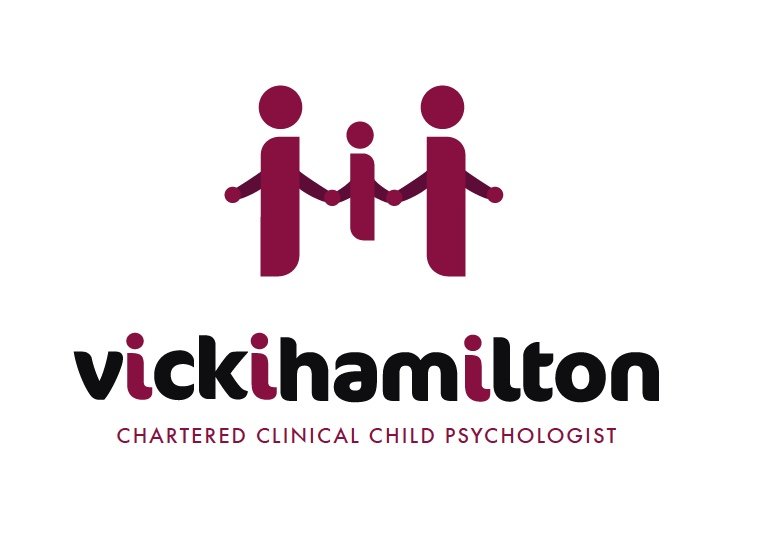Attachment and trauma: part 2
Caring for children with attachment difficulties
Sometimes these children are removed from their families of origin and placed with alternative families who undertake to love, care and protect them to the very best of their ability.
The belief often is that “love is enough” and that after a transitional period of”honeymoon” behaviour and/or “limit-testing” the child will settle into family life and develop healthily in all areas of functioning. Whilst this is sometimes the case, unfortunately some children do continue, despite receiving supreme levels oflove and affection, to behave and relate in ways which not only cause concern but also can be very damaging and destructive to the families trying to help them.
Why do they do this?
Often these children appear to be set on a course of self-destruction. The families caring for them feel frustrated, helpless and rejected. Their child continues to do things that bring punishment, heartache and soul-searching and put the child’s continued placement with the family in jeopardy.
Unfortunately, children with more severe attachment difficulties (possibly having also experienced more chronic and severe abuse and trauma sometimes at their birth parents’ hands) have a deeply rooted sense ofintimate family relationships as very negative and dangerous things. These “beliefs” about families, based on very early experiences before a child can speak, are extremely difficult to change. This is often hard to understand when children have spent long periods in loving and nurturing families for several years after they experienced abuse and trauma.
The child’s difficult and destructive behaviour happens because the child carries on trying to use coping strategies they developed in their abusive, traumatic families even though they now live with caring, supporting families. These coping strategies are based on the child’s strongly held and deeply rooted sense that parents and carers will sometime be rejecting and hurtful or withholding and cruel. Based on this, born out by their very earliest experiences, these children have learnt that the only way they can survive and be a bit safer is by not needing or relying on anyone and by being in control ofas much as they possibly can (including other people’s behaviour).
Attachment helps children’s development because their main carer(s) usually the parent -often the mother) acts like a “safe base” which the child can turn to for help or comfort when things get difficult. For example, in more healthy attachments, children are picked up, held and soothed when they are upset; fed when they cry that they are hungry and _changed when they cry that they are uncomfortable. By doing these things consistently, responsive patents teach their infants that the world is a safe and predictable place and parents hold you and care for you when you are distressed or need reassurance.
But imagine what it must be like for babies, who when they cry from hunger or distress or pain, are not comforted but ignored, or, are shouted at, or hit, or hurt in other ways. These children are in a very dangerous and confusing bind because their “safe person” is not safe at all. Instead, they are very dangerous. The baby, therefore, has to develop ways ofcoping with this which reduces the amount of pain and distress they experience ifthey are to survive and develop at all. The child can do this in several ways:
1. by trying to control the behaviour ofothers as a way ofensuring bad things won’t happen
2. by withdrawing
When these children are placed with caring parents they often can’t believe that they aren’t going to be hurt. They carry on displaying anti-social behaviours in order to be on their guard, take control and protect themselves, from bad things which aren’t going to happen. It is then tragic when these very “protective” behaviours are the ones which lead caring parents to feel angry, frustrated and hurt, and they respond accordingly. A kind of self-fulfilling prophecy can then occur with children behaving as if they are going to get hurt, carers feel frustrated and at a loss about their child’s behaviour, but find that the usual strategies ofrewards and consequences appear to make little difference to their child. As frustration increases, angry words or deeds may appear to the child to confinn their view, that families are dangerous, which no amount of nurturing or positive experiences has managed to contradict.

